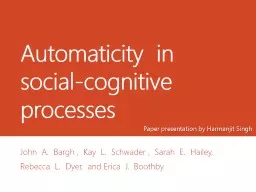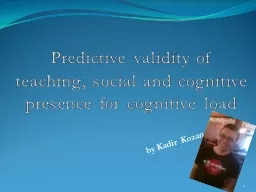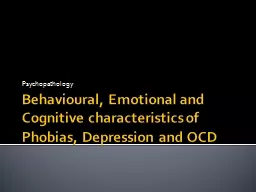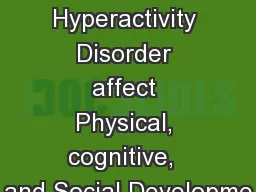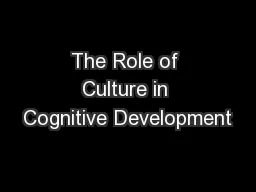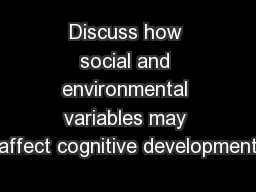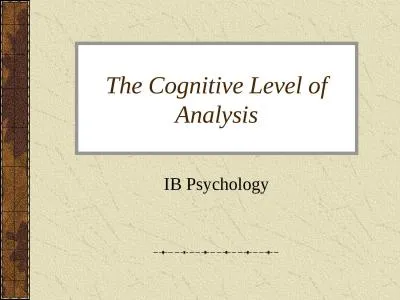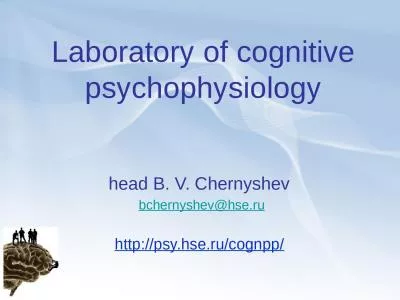PPT-Automaticity in social-cognitive processes
Author : ellena-manuel | Published Date : 2016-05-31
John A Bargh Kay L Schwader Sarah E Hailey Rebecca L Dyer and Erica J Boothby Presentation by Harmanjit Singh Background Background Preconscious automatic
Presentation Embed Code
Download Presentation
Download Presentation The PPT/PDF document "Automaticity in social-cognitive proce..." is the property of its rightful owner. Permission is granted to download and print the materials on this website for personal, non-commercial use only, and to display it on your personal computer provided you do not modify the materials and that you retain all copyright notices contained in the materials. By downloading content from our website, you accept the terms of this agreement.
Automaticity in social-cognitive processes: Transcript
Download Rules Of Document
"Automaticity in social-cognitive processes"The content belongs to its owner. You may download and print it for personal use, without modification, and keep all copyright notices. By downloading, you agree to these terms.
Related Documents

